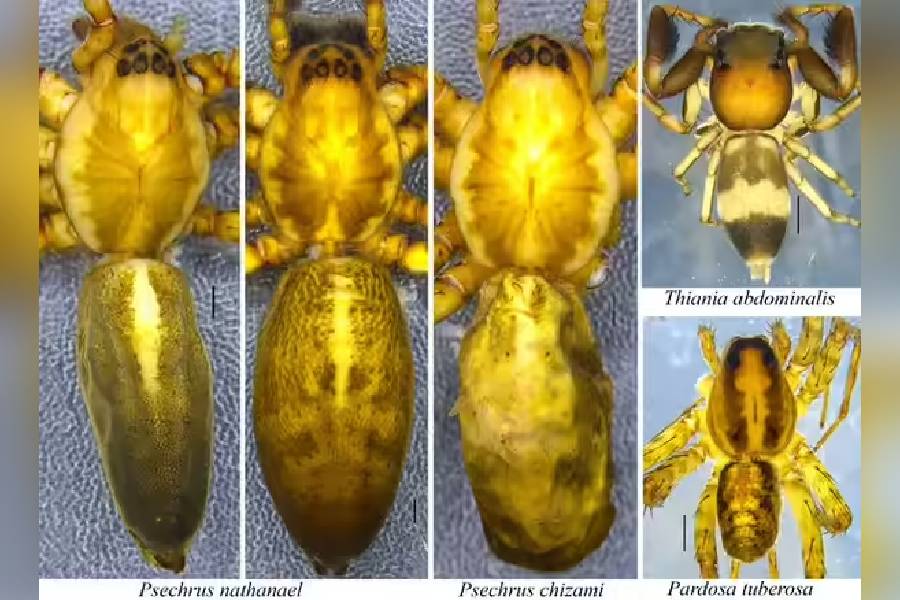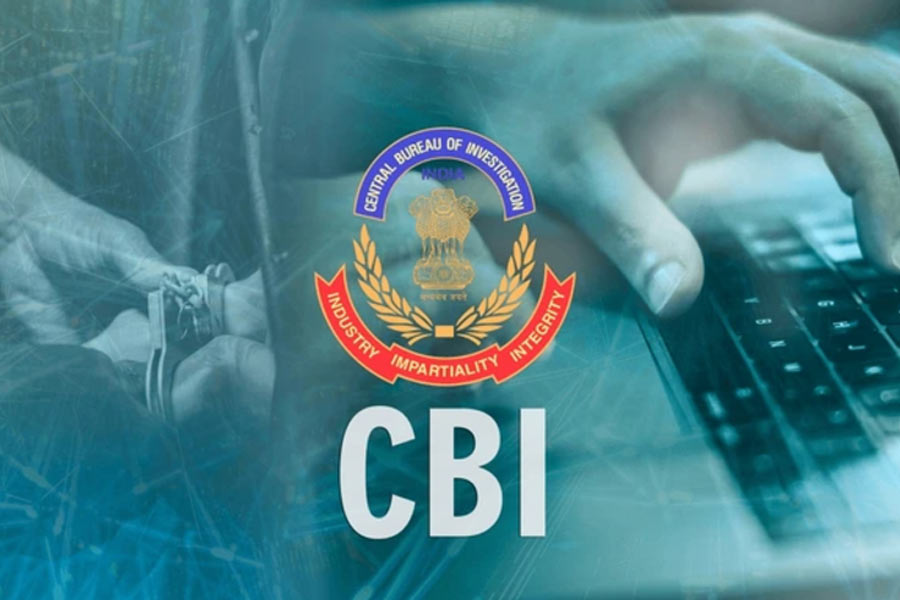Hutton and Mills would have never imagined something like this. And yet they were men with foresight.
Both J.H. Hutton and James Philip Mills were members of the Indian Civil Service. Both served in Assam Province in the early 20th century. Those days, the Naga Hills District was part of Assam. The two of them explored the area to the hilt and assiduously collected weapons, costumes, cloths, beads, heads and musical instruments. They maintained tour diaries and wrote about tribal culture. When they died, their vast collection went to the Pitt Rivers Museum of the University of Oxford in England and has remained there ever since.
No, Hutton and Mills would have never imagined that 100 years on, a part of their beloved collections — and some others — would be getting ready for a journey back home, to Naga lands, at some point. Pitt Rivers Museum has 6,466 items in its “Naga material culture collection”; but the repatriation involves around 200 pieces of Naga ancestral remains namely, skulls, bones and cultural items decorated with human hair.
The graphic novel A Path Home by Arkotong Longkumer and Meren Imchen released earlier this year is based on various conversations about the repatriation. Longkumer teaches at the University of Edinburgh in Scotland; Imchen is an animator who lives in Nagaland.
There are museums in the UK, Europe and the US, among whose collections are Naga artifacts. These include personal collections of missionaries, military officers, travellers and men of politics, all of whom happened to be in the Naga Hills District between the mid-19th and early to mid-20th century.
But the Hutton-Mills collection is different. The duo had already started collecting Naga objects when they got to know Henry Balfour, who was the curator of Pitt Rivers Museum from 1890 to 1939. Balfour was a man with a purpose. In his doctoral thesis, Nagas in the Museum, Andrew Christopher West writes, “Balfour wanted to build up a collection of what he saw as representative examples of the entire material culture of particular groups or, tribes.” He practically started telling Hutton and Mills what to collect.
The modes of collecting were gifting, exchange, purchase, confiscation and loot. Take the case of the Naga heads. Head-taking or headhunting was part of Naga warrior culture; it existed in a certain socio-cultural context. The official British position on it was clear — the “barbaric” practice had to be stopped and the offenders punished. Hutton himself led many such expeditions. But at some point, the gleeful collector in him got the better of the administrator. His diary entry from 1922 reads: “We brought away 18 of the best or most typical of them. Five were complete human skulls…”
This graphic novel has been crafted to mimic a ripple effect. The pebble equivalent would be the news of the eventual repatriation of the collection and around it are several concentric circles of conversations.
A Path Home begins with a conversation between a reminiscing grandmother and an earnest granddaughter discussing the repatriation. The girl’s father is present too, but indifferent. To put things in perspective, the old woman tells her son, “What if I were displayed in some museum cabinet or my remains locked up in a box in storage? Wouldn’t it make your blood boil?”
“We drew the conversations from interactions with people and interviews,” Longkumer tells The Telegraph in an email from the UK. Recover Restore and Decolonise or RRaD, the body of Naga scholars that published the graphic novel, has also been organising workshops with different communities and audiences in Nagaland. Longkumer continues, “Most of these conversations are around basic information about the human remains. The point is to make sure that most of the communities are aware of what we are doing. We share all the resources we have — website, media content and now the graphic novel — so that people stay informed.” The novel is open to all on the RRaD site.
Other conversations in this novel are between Pitt Rivers staff and the Naga anthropologists; another against the background of the church; and yet another one among Naga youth. There is no conversation about the repatriation within India beyond the Naga community, and that says something too.
Each circle or conversation is eddying with its own dilemmas — institutional, faith-based, personal, some to do with community identity. Longkumer says, “When we framed it, we wanted this to be inter-generational. After all, knowledge is generated through different facets and layers that require different generations to speak.”
Imchen says, “In the beginning, it seemed quite daunting to illustrate such a scholarly topic and present it in a more accessible visual form.”
He uses colours to convey dominant moods. There is the angry scarlet edging on the mountainscape, the play of light and shade on the old woman’s face as she recalls the atrocities heaped on her ancestors by the colonisers. The past in flashback is either vivid blue or verdant green or both. Imchen says, “For the scene inside the Pitt Rivers Museum, I used a tone of yellow and maroon to recreate a solemn mood and also to lend warmth to the atmosphere as it is the site where the dialogue is taking place.”
The mountains on the back of the book are purple and blue. And the text on the inky blue sky above reads: “Remembering those who have gone before us...”
A Path Home is a story about departures for sure, but it is also about an arriving.










